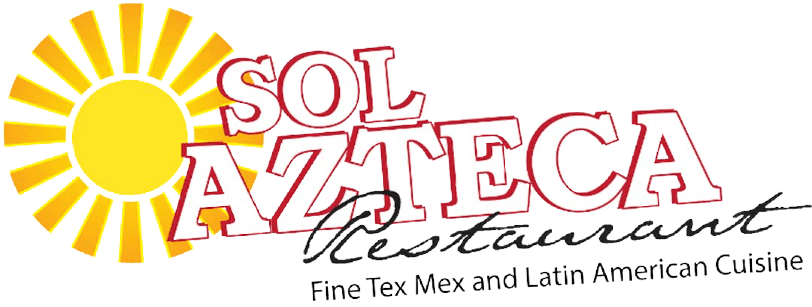Enchiladas have become a beloved staple of Mexican cuisine, but their history is as rich and layered as the dish itself. Originating from ancient culinary traditions, enchiladas have evolved significantly over the centuries. This post delves into their fascinating history, tracing their origins and development through time, and explores their current global appeal.
Exploring the History of Enchiladas
Ancient Beginnings
The roots of enchiladas can be traced back to the Aztecs and other Mesoamerican civilizations. Tortillas, a crucial component of modern enchiladas, were a staple in the diet of these early cultures. Made from maize, tortillas were versatile and served as a base for many dishes. The practice of rolling tortillas around various fillings likely began with these early peoples, though not in the exact form we recognize today.
Spanish Influence and Evolution
The arrival of Spanish colonizers in the 16th century brought new ingredients and cooking techniques to Mexico. The Spanish introduced ingredients such as cheese and meat, which began to blend with traditional Mesoamerican foods. Over time, these influences contributed to the development of dishes similar to what we now know as enchiladas.
The term “enchilada” itself comes from the Spanish verb “enchilar,” which means “to add chili.” By the 19th century, enchiladas had become a distinct dish in Mexican cuisine, characterized by tortillas filled with various ingredients and covered in chili sauce.
Regional Variations
As Mexican cuisine spread and evolved, regional variations of enchiladas emerged. In central Mexico, enchiladas are often filled with ingredients like chicken or beef and covered in a rich, spicy sauce made from dried chilies. In contrast, northern regions may feature cheese-filled enchiladas with milder sauces. In the Yucatán Peninsula, you might find enchiladas with unique ingredients such as pork and achiote, reflecting the region’s distinct flavors.
Modern Day and Global Appeal
Today, enchiladas are enjoyed globally and have become a symbol of Mexican culinary heritage. Their versatility means they can be adapted to various tastes and dietary preferences, from vegetarian to gluten-free. Modern recipes continue to honor traditional techniques while incorporating contemporary ingredients and flavors.
Global Consumption
While Mexico and the United States are prominent consumers of enchiladas, their appeal extends far beyond these borders:
1. United States: Enchiladas are a major component of Tex-Mex cuisine, widely consumed across the country. Their presence in both home kitchens and restaurants underscores their popularity.
2. Latin America: Enchiladas are also enjoyed in other Latin American countries, such as Guatemala and El Salvador, where they may feature local ingredients and variations. In these regions, enchiladas often reflect a blend of indigenous and colonial influences.
3. Europe and Beyond: In recent years, enchiladas have gained popularity in Europe and other parts of the world due to the growing interest in international cuisines. Countries like Spain and the UK have seen an increase in Mexican restaurants, and enchiladas are often featured on their menus.
4. Asia and Oceania: While not traditional in these regions, the spread of global cuisine has introduced enchiladas to places like Japan and Australia. In these areas, they are typically enjoyed in more Westernized forms, often in fusion dishes.
Enchiladas have journeyed from ancient maize-based rolls to a celebrated dish with a rich history and diverse variations. Whether enjoyed in their traditional form or adapted to suit global tastes, enchiladas represent a delicious intersection of history, culture, and cuisine. Their evolution and widespread popularity illustrate how food can transcend borders and bring people together through shared flavors and culinary traditions.







